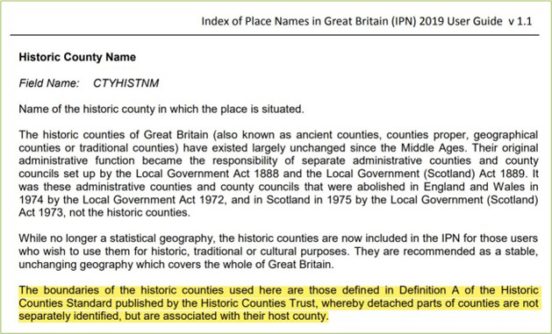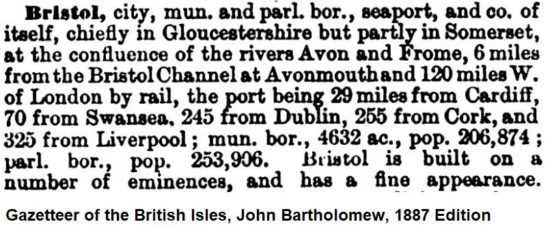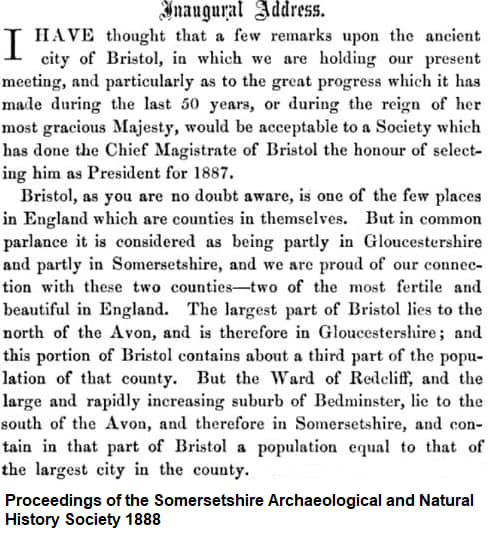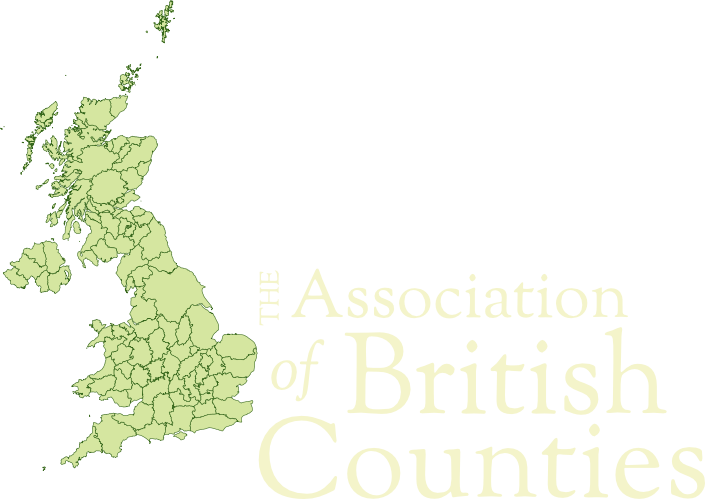Q. What are the historic counties? Why do they matter?
A. See our An introduction to the historic counties factsheet.
Q. What are ABC’s main aims and activities?
A. See our The Association of British Counties leaflet.

Q. Where can I find out which historic county a place is in?
A. The Gazetteer of British Place Names provides an exhaustive Place Name Index to Great Britain, containing over 280,000 entries. It lists the historic county and the main administrative areas in which each place lies. The historic counties are also included within the Office for National Statistics’ Index of Place Names in Great Britain. The Encyclopædia Britannica also lists places by reference to their historic county.

Q. How can I promote my historic county?
A. Use your county’s name in your postal address. Fly the county flag or get a bumper sticker of it. Join in the county day celebrations for your county. If your county has no flag and/or county day then seek to establish them. Join your local county group and/or ABC.
Q. How are the names, areas and borders of the historic counties defined ?
A. The Historic Counties Standard provides a consistent, historically accurate approach to defining the names, areas and borders of the historic counties. The Historic Counties Standard has been adopted by several publishers and data providers. Notably, the Office for National Statistics has adopted it as the definition of ‘historic county’ within its Index of Place Names in Great Britain.
Q. Does every historic county have a county flag?
A. The Flag Institute maintains the UK Flag Registry, the “definitive record of the national, supranational, local and community flags flown in the UK and the Crown Dependencies and Overseas Territories”. The Flag Institute specifically will only include the flag of an historic county in its Registry, i.e. it will not include flags of local authorities or ceremonial areas. As of August 2022, fifty-two historic counties have a flag within the County and Regional Flags section of the Flag Registry. The Flag Institute invites enquiries from those interested in registering a flag for an historic county without a flag currently in the Registry.
Q. Does every historic county have a county day?
A. Around forty counties now have a county day celebration. These vary from massive celebrations with national exposure such as those for Yorkshire Day, Lancashire Day, Somerset Day, Suffolk Day, Norfolk Day and Sussex Day to much smaller celebration more based around social media. Plenty of counties still need to have a county day established. In many other counties lots of work is needed to build these events up to the scale we see in Yorkshire, Lancashire, Somerset, Suffolk etc. Those promoting the biggest county days have shown what can be done. This idea has huge potential.
Q. Does the Government support the historic counties?
A. The Government has always made clear that the existence and importance of the historic counties is not affected by changes to administrative areas. In recent years the Government has become more explicit in its support for the historic counties. In 2019 the Ministry of Housing, Communities and Local Government published the non-statutory guidance Celebrating the Historic Counties of England. The Government has supported county flags by flying all of the registered flags in Parliament Square during the week of Historic County Flags Day. It also flies the relevant county flag above the Department for Levelling Up, Housing and Communities on each county day and encourages local authorities and others to join in county day celebrations. From its guidance:
“The historic counties are an important element of English traditions which support the identity and cultures of many of our local communities, giving people a sense of belonging, pride and community spirit. They continue to play an important part in the country’s sporting and cultural life as well as providing a reference point for local tourism and heritage. We should seek to strengthen the role that they can play.”
Q. Why doesn’t the Government align the co-called “ceremonial counties” with the historic counties?
A. Having moved the lieutenancy and shrievalty areas away from the historic counties during the 1960s and 1970s, the Government has consistently declined to move them back. Such a move has been suggested by us and others many times over the last 40 years. They remain based on a mish-mash of current and former local government areas. Many use an historic county name but have a radically different area to that historic county. Those in England and Wales are still referred to as “counties” by the legislation. In short, an absurd mess. The Government apparently sees no contradiction between this and its support for the historic counties. Our factsheets The lieutenancies of England and their relationship to the historic counties, The lieutenancies of Scotland and their relationship to the historic counties and The lieutenancies of Wales and their relationship to the historic counties deal with this subject area in detail.
Q. What are the “home counties”?
A. The phrase “home counties” has no specific legal definition but as a popular expression it appears to have been around for many years. According to the OED it is simply “the counties nearest to London, namely Surrey, Kent, Essex and Middlesex; sometimes with the addition of Hertfordshire, Buckinghamshire, Berkshire and occasionally Sussex.”
Q. Shouldn’t Bristol and other ‘counties of a town’ be considered historic counties?
A. Before 1888, the only ambiguity concerning what was or was not a ‘county’ concerned the status of the ‘counties corporate’; those towns or cities which various statutes had given the title ‘county of a town’ or ‘county of a city’ along with many of the administrative functions normally associated with a county. The county corporate status was generally seen as an extra dignity added to a town and not usually taken to mean that the town had literally been removed from its parent county. For example, the General Register Office, within its Census Reports, always dealt with them as being part of the county in which they lay geographically. The Historic Counties Standard states that the ‘county corporate’ status granted to some towns and cities shall not be taken to imply that they no longer lie in their parent historic county. The only county corporate which has sometimes been claimed to be the equivalent of an historic county is Bristol. In reality though, although Bristol was granted county corporate status in 1373, it has since that date continued to be considered to actually lie partly within Gloucestershire and partly within Somerset (see our factsheet and the quotes below).


Q. I am an ABC member. How can I update my contact details?
A. On the My ABC Membership page.
